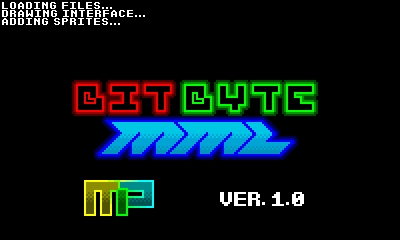I redeveloped some of my ideas on how BitByte MML will save music. A 30,000x16 element array will store music data, with the first 28,800 for notes. The last 1,200 will detail things such as a change in modulation, and the position of any of these effects, as well as their operands.

プレイ済み










